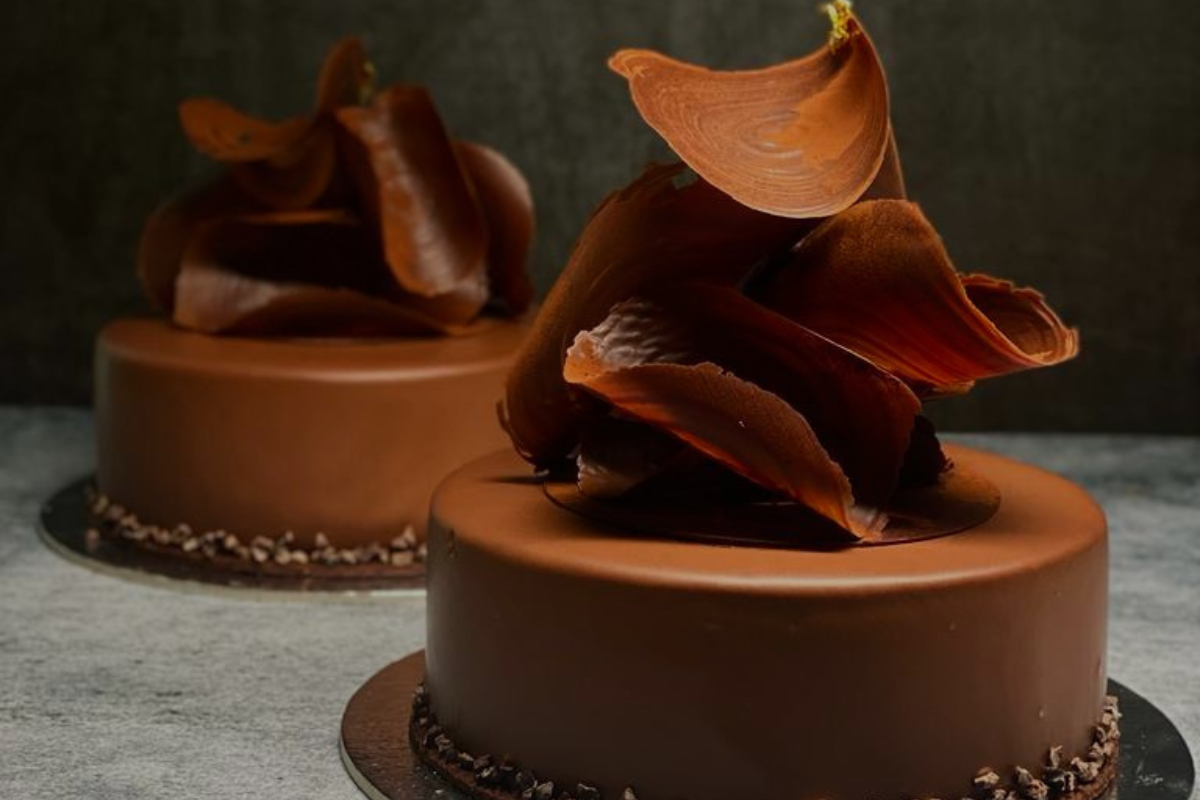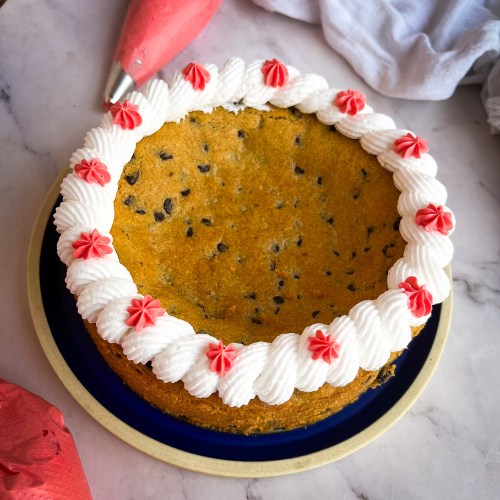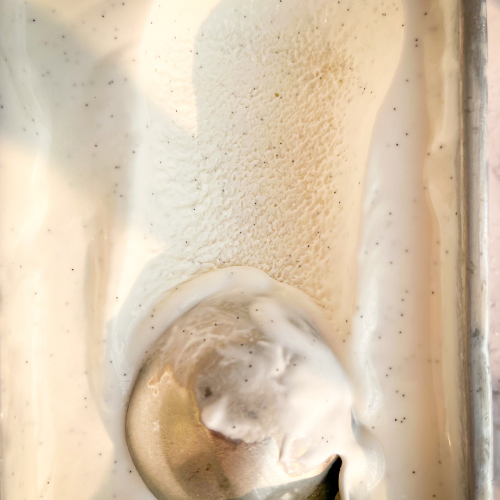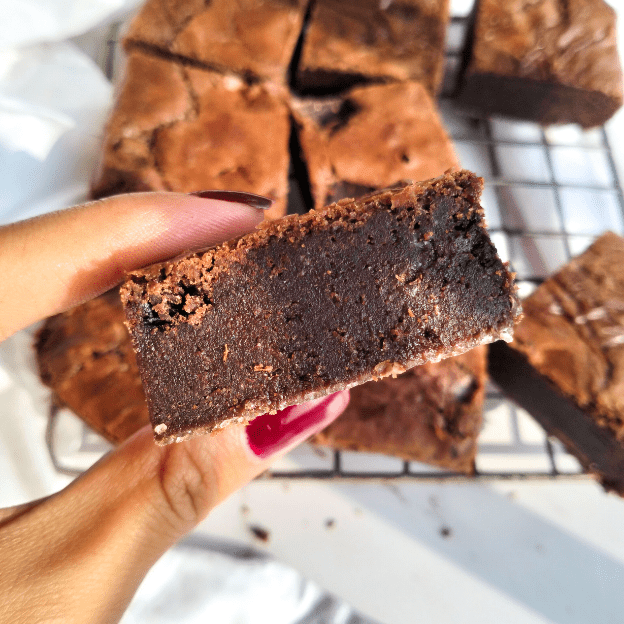Why Is My Cake Dense and Rubbery?
A dense, rubbery cake can feel as disappointing as missing out on Taylor Swift tickets! Baking mistakes like overmixing, incorrect measurements, or old leavening agents can ruin your cake’s texture. Luckily, understanding the science of baking and making small adjustments can help you bake perfectly fluffy cakes every time.
Let’s dive into the top reasons behind dense cakes, how to fix them, and how to avoid repeating the same mistakes.
Table of contents:
- Understanding Cakes
- Why is my cake dense and rubbery
- How to fix it?
- FAQ
- Recommended recipes
There are links on this site that can be defined as affiliate links. As an Amazon Associate, I earn from qualifying purchases.
7 Reasons Why Cakes Turn Dense and Rubbery
1. Overmixing the Batter
Overmixing develops excess gluten, which gives cakes a chewy, rubbery texture. Mix only until the ingredients are just combined. For better control, fold in the dry ingredients with a spatula instead of using an electric mixer.
- Pro Tip: Add flour last to minimize gluten formation. By the way, if you are here, I’m guessing you already have a dense and rubbery cake, but you can go ahead and transform it by bathing it in rasmalai, now in the recipe I use a sponge that soaks up everything, but this can help save your cake too! Or I can also suggest trying to soak it in thandai..I mean anything to save your cake. The moisture won’t seep through completely but it will be decent enough!
2. Insufficient or Expired Leavening Agents
Baking powder and baking soda create air pockets that make cakes rise. Using expired leavening agents or not enough of them can result in a dense cake.
- Quick Test: Combine ½ teaspoon baking soda with vinegar or baking powder with warm water. If it fizzes, it’s active!
- Replace leavening agents every 6 months for the best results. Nerd tip: I put a reminder on my calendar to throw out the old ones and replace them, same for yeast!
Don’t be upset if it’s not active, you can still have cake, you can try out any of these no-baking or baking powder cakes:
3. Using Too Much Fat
While fat adds richness, overdoing it can weigh down the batter and prevent proper rising. Swap a portion of the fat for lighter options like applesauce, yogurt, or buttermilk.
Don’t believe me? Make one cake with butter and the other with oil. the one with oil will be softer and fluffier owing to oil’s natural state of being liquid even when stored in the refrigerator.
4. Incorrect Measuring of Ingredients
Baking is a science, and accurate measurements are critical. Too much flour or liquid can throw off your cake’s balance. Use a digital kitchen scale for precise results.
Being a pastry chef on a cruise ship, sometimes the ship moves a lot because we are sailing. We try to minimize the production of finicky recipes like cocoa tuiles as they never turn out right because the weighing scales keep moving and shows discrepancies of up to 300 grams!
You can totally try out my banana bread cake recipe which you can never go wrong with because even if you do, you still end up with yummy but ugly cake! It uses two bananas and I turned the leftovers into a banana bread pudding as well.
5. Incorrect Oven Temperature
Baking at the wrong temperature can leave your cake dense. A too-low temperature prevents the batter from setting properly, while a too-high temperature dries out the cake.
- Fix It: Use an oven thermometer to ensure accuracy, and avoid opening the oven door too frequently.
6. Overbaking
Leaving the cake in the oven too long causes it to dry out, resulting in a dense texture. Start checking for doneness 5 minutes before the suggested baking time. Insert a toothpick into the center; if it comes out with moist crumbs, the cake is ready.
7. Using the Wrong Pan Size
Baking a small batch in a large pan leads to uneven cooking. The edges may overbake while the center remains undercooked.
- Pro Tip: Stick to the pan size recommended in the recipe. Once you become a pro you can eyeball the amount and choose pan sizes.
How to Fix a Dense Cake?
If you’ve already baked a dense cake, don’t toss it! Here are some creative fixes:
1. Brush with Simple Syrup
Moisten the layers with simple syrup or a flavored syrup like vanilla or coffee. This works wonders for layer cakes.
2. Repurpose into Cake Rusks
Slice the cake into thin strips and bake at a low temperature to create crispy cake rusks.
3. Frost and Layer
Trim the crust, slice the cake into layers, and add frosting or fillings to enhance moisture and flavor.
4. Soak with Fruit Juice or Liqueur
Sponge cakes benefit from a soak in fruit juice, coffee, or flavored liqueur for added softness.
5. Serve with Cream or Sauces
Dense cakes pair well with whipped cream, ice cream, or chocolate ganache to balance textures.
6. Turn it into a base for mousses and trifles
Trifles and mousses are often served in cups or glasses with a chopped up sponge base so you can use your sponge here. I learnt this because we always had cake trimmings and those were repurposed to make desserts for the staff.
Tips to Prevent Dense Cakes
1. Measure Ingredients Accurately
Use a scale to weigh dry ingredients and a liquid measuring cup for wet ones. Avoid packing flour into the measuring cup.
2. Avoid Overmixing
Fold the batter gently to combine ingredients without overdeveloping gluten.
3. Use Fresh Leavening Agents
Always use baking soda and powder within their expiration dates. Test their potency if unsure.
4. Bake at the Right Temperature
Preheat your oven and bake at the temperature specified in the recipe.
5. Choose the Right Pan Size
Use the pan size recommended in the recipe to ensure even baking.
Frequently Asked Questions About Dense Cakes:
Why is my cake dense and rubbery?
Overmixing, expired leavening agents, or excess fat can make cakes dense and rubbery. Follow baking instructions carefully for better results.
Why does sponge cake shrink after baking?
Frequent oven door opening, underbaking, or an incorrect recipe causes shrinkage. Let the cake cool gradually to prevent this.
Why is my cake gluey?
Excess gluten formation from overmixing results in a gluey texture. Be gentle with your batter!
How to prevent cakes from sinking?
Bake the cake until fully done and allow it to cool in the oven for 5 minutes before removing.
Check out my latest posts:

FOUND THIS HELPFUL?
Tag @alishasdessertsafari on Instagram and hashtag it #alishasdessertsafari
Precision, patience, and practice are the secret to avoiding dense cakes. By understanding the role of each ingredient and following proper techniques, you can bake soft, airy cakes every time.
Looking for more baking inspiration? Check out this red velvet cake recipe or explore eggless options like rasmalai cake.
For more science-backed insights, read this study on baking methods by King Arthur Baking.
Don’t forget to Subscribe to get value-packed monthly newsletters (no spam)!
I hope you found my post “Why Is My Cake Dense and Rubbery? 7 Proven Fixes!” helpful. If you have any queries, feel free to post them in the comments below.
Thank You.







